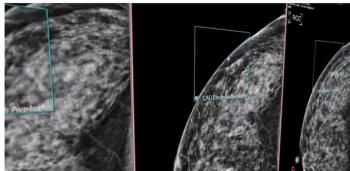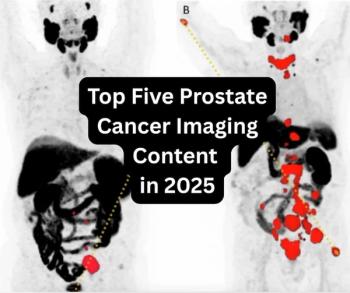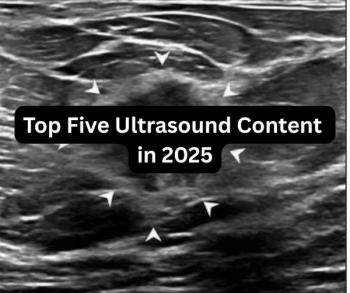
Vital Images signs Chindex as reseller
Carestream Health ships DRX-1Aposense imaging agent detects early cell death
Vital Images signs Chindex as reseller
Chindex International will sell advanced visualization software from Vital Images as part of its China portfolio. Chindex provides healthcare services and medical products to China-based hospitals and clinics, including more than 750 Level 1 trauma centers. Vital Images' software processes CT and MR data into 2D and volumetric images.
Carestream Health ships DRX-1
Wireless, cassette-size digital radiography detectors have begun shipping from Carestream Health as the company fills orders placed several months ago from countries around the world for its new DRX-1. The wireless detector is designed for radiographic exams, including those in general radiology, trauma, and orthopedics. The DRX-1 system minimizes installation costs by integrating this detector with a console, thereby requiring no modifications to existing analog equipment.
Aposense imaging agent detects early cell death
Whether radiation therapy is having the desired effect on brain tumors may be seen with the use of a PET imaging agent, according to data presented last week at the SNM meeting. The PET tracer, F-18 ML-10, developed by Aposense, targets apoptosis (programmed cell death) for molecular imaging and therapy. Eight tumors in seven patients demonstrated baseline images of pretreatment apoptosis, with ML-10 uptake increasing over time within the tumors compared with the nontarget tissue and blood. Following treatment, the signal in irradiated tumors increased nearly twofold, indicating a marked increase in the accumulation of ML-10 in tumors compared with other tissues.
Newsletter
Stay at the forefront of radiology with the Diagnostic Imaging newsletter, delivering the latest news, clinical insights, and imaging advancements for today’s radiologists.




























